Across the country, religious congregations have reopened, or reopened with some health restrictions still in place, after two long pandemic years, according to a new Pew Research survey. But there has been little or no rise in the number of people attending in-person religious services over the past six months, while the number of those watching services online has also remained steady.
The survey of 10,441 U.S. adults taken March 7-13 showed that only 27% of respondents said they attended services in person this month (compared to 67% who typically do). Back in September, when the coronavirus was still surging and hospitals were reaching capacity numbers, the percentage of those attending in-person religious services was 26%.
Likewise, those streaming services online remained steady: 28% in September 2021 and 30% today.
Pew researchers suggested the plateau in in-person religious service attendance could rise if the pandemic continues to recede, or drop if a new coronavirus variant emerges.
Watching services online will likely continue to be higher, they said, than it was before the coronavirus outbreak began in early 2020.
Your tax-deductible gift helps our journalists report the truth and hold Christian leaders and organizations accountable. Give a gift of $30 or more to The Roys Report this month, and you will receive a copy of “Hurt and Healed by the Church” by Ryan George. To donate, click here.
Religious scholars are now beginning to field studies to determine the long-term impacts of the coronavirus on religious service attendance.
Scott Thumma, a sociologist who recently began a five-year study of how congregations have fared during the pandemic, said his initial findings show a modest increase in in-person attendance from last summer to November. (The project relies on data from religious congregations rather than individual attenders.)
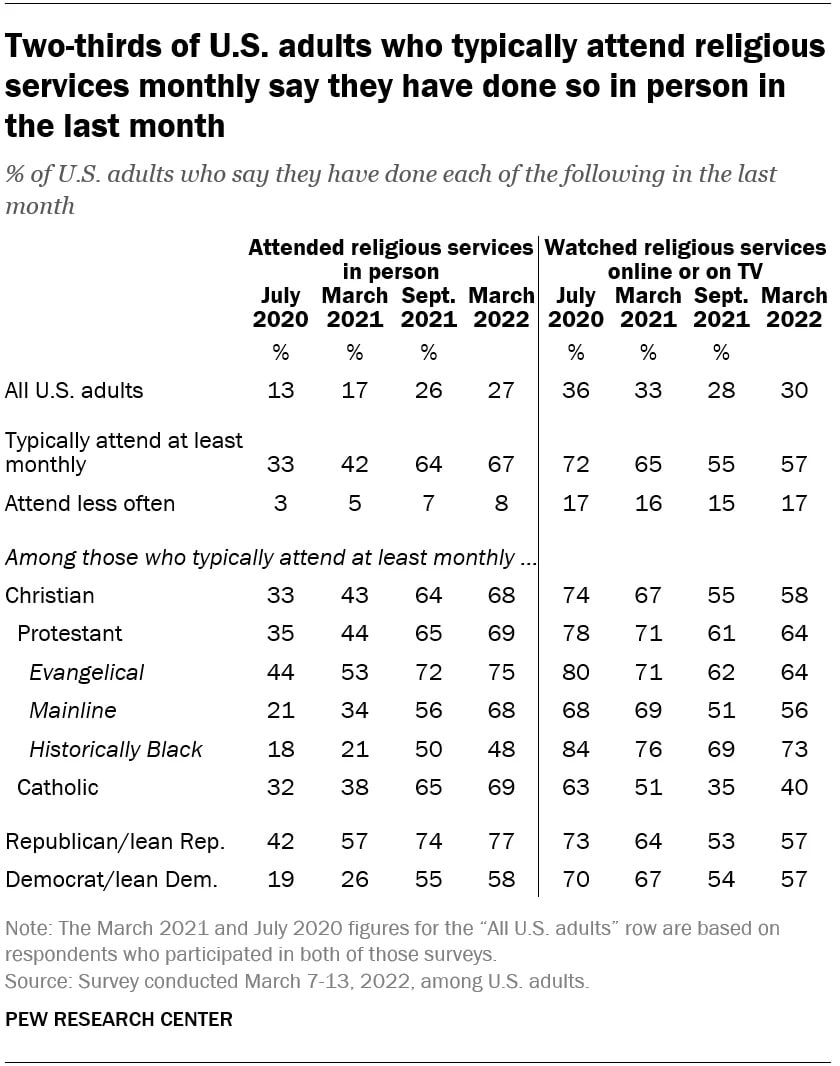
“We’re not going to know the full impact for quite a few years,” said Thumma, who directs the Hartford Institute for Religion Research. “People are still hesitant to go back. Clergy are still struggling with convincing people to come back. A lot of people are either content to not go or rely on online services.”
In the Pew survey, 21% of adults who said they attend religious services monthly said they have not gone back to in-person services and attend online only.
Only 5% of respondents said their places of worship were still closed. Respondents across all categories reported a rise in the number of congregations holding services as they did before the pandemic.
Black Protestant churchgoers stood out as the Christian group most likely to have watched religious services online or on TV in the last month. This group with deep religious commitments was more likely than evangelicals and mainline Protestants to say they watched online services in the last month, in keeping with other studies that suggest Black churchgoers are far more cautious in protecting themselves from the virus.
The survey did not contain enough respondents from non-Christian faiths to report their worship habits separately.
The survey also showed that the share of Republicans and Republican-leaning independents who said their churches were open as before the pandemic was roughly double the share of Democratic congregants who said the same (58% vs. 27%).
 Yonat Shimron is a national reporter and senior editor for Religion News Service.
Yonat Shimron is a national reporter and senior editor for Religion News Service.

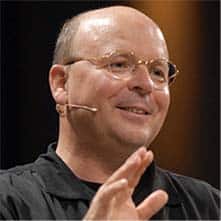


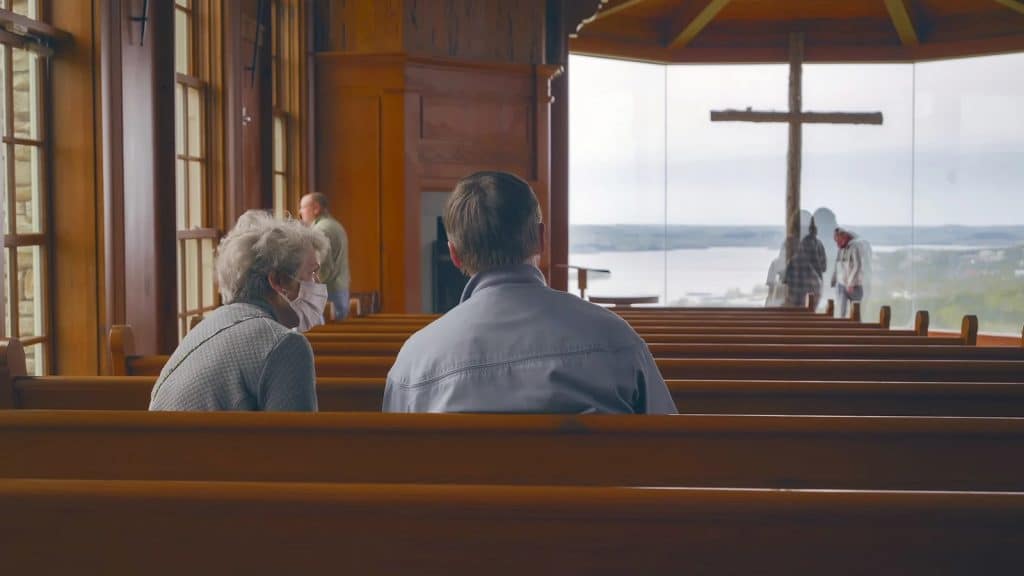

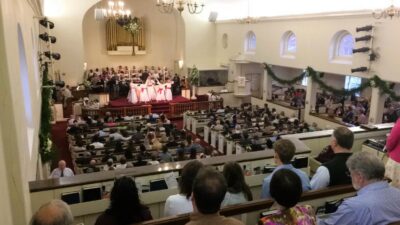

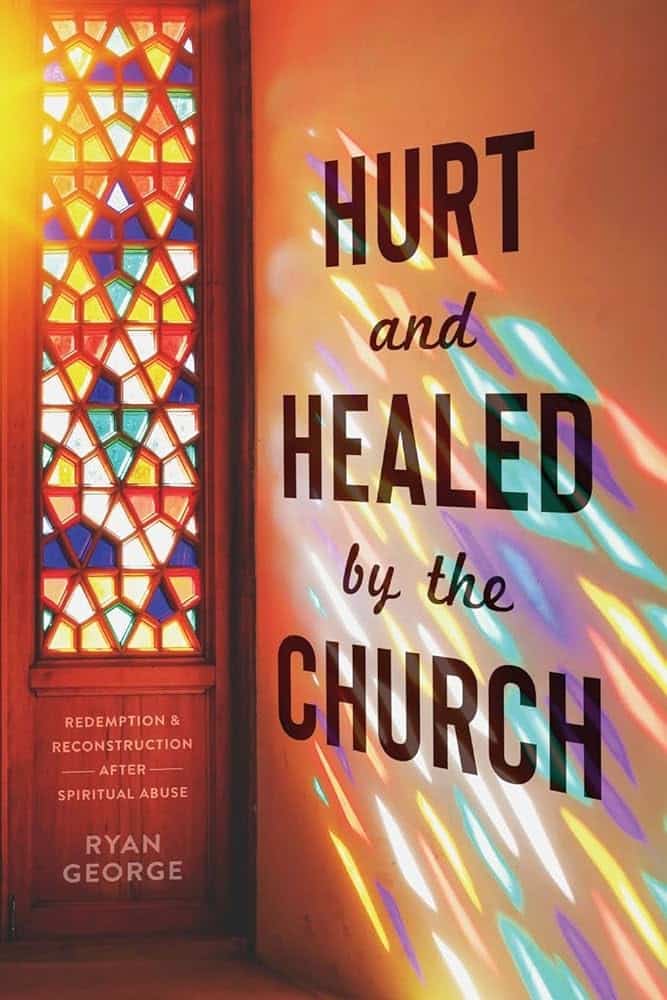











12 Responses
Even regular weekly attendance in the pulpit and pew version of “meeting together” is “closed” and “flat”. God’s instructions for “meeting together” are the OPPOSITE of pulpit and pew and are open and mutually participative.
Hebrews 10:24-25 (ESV)
24 AND LET US (each one of us)
CONSIDER HOW (prepare in advance)
to stir up ONE ANOTHER (the OPPOSITE of a sermon)
to LOVE AND GOOD WORKS, (action, not just head knowledge)
25 not neglecting to MEET TOGETHER,
as is the habit of some,
but encouraging ONE ANOTHER, (again, no Bible lecture)
and ALL THE MORE
as you see the Day drawing near.
Sermons by men with Bible degrees have never resulted in the “love and good works” God wants to live the gospel to the world and build up love between saints. Even “Love one another” is not permitted in the “worship service”. It’s all driven from a platform. The “new and living way” enables God’s people to do this Hebrews 10:19-25, but clergy don’t want ANYTHING to distract from their sermon. Clergyism was not fixed at the Reformation. We can fix it now and practice REAL church life. We can “one another” about this here, but not during “worship”.
So what does “REAL church life” look like to you in this day and age?
I think there is room for teaching from the scriptures, but as an adjunct to the general gathering.
The general gathering might be for reading the Bible together, prayer, singing hymns, conversation that comes out of this, perhaps over a meal or coffee and cake. A few people might give short talks on some events or thoughts, then they are discussed.
One church I know does this around tables like a small seminar, or banquet. Then breaks for study in small groups afterwards.
Perfect for the small (normal) congregation; but for the ‘mega’ church? Well, I doubt if that is church at all. But the idea of large conferences a couple of times a year and big celebrations (Easter, Pentecost, Christmas) is worth doing, IMO.
There is LOTS of room for teaching from the scriptures, and it is to come from EVERY believer. The household of faith has HUGE confidence in words ONLY teaching, from alleged experts. They want ZERO responsibility to dig themselves and receive DIRECT from Jesus and their Bible. They also want no teaching by example, which is half the power of Jesus’ and Paul’s teaching. No words ONLY teacher will tell you that because they don’t do it. Crafting words together is easy but shallow for retention and reproduction. Luke 6:40, 2 Tim. 2:1-2.
Anytime there is a diet of words only from experts, it will trump the body of Christ’s assignment to ALL grow up to be teachers. Hebrews5:11-14. The expert talkers have NO IDEA what they do to dumb down the body of Christ. God does not funnel his truth through a few experts. He dispenses it through all with a variety of spiritual gifts. If you don’t know any lay people who can teach, it’s because they are all enamored with being a spectator to experts talking about the Bible. That’s just the milk and not solid food, no matter how technical it may be.
“The word of Christ dwells richly” and “with all wisdom” as believers “teach and admonish one another”, along with singing in “one another” orientation. Col. 3:16.
It looks the same as it was instructed and practiced by the apostles – 50+ “one another” instructions. Every believer comes prepared to participate with a song, a teaching, a testimony, etc. Since we walk by faith, not by sight, we don’t have to know what it looks like. We just obey the instructions. The pulpit and pew version could not be more CONVOLUTED from the NT instructions. Satan wants this protected because it marginalizes the effectiveness of the work of God that He has created into each new creation in Christ. Here are 6 paradigm shifts from the current version.
1. 100% of the giving goes beyond the givers – no pooling to buy sermons and pulpit buildings primarily for the givers 2 Cor. 8 & 9 – All offerings and giving in the NT went beyond the givers. Meeting in homes is free. Leadership is “free of charge”. 1 Corinthians 9:18; 2 Corinthians 11:7
2. 100% one another communication – there are 50+ of these and no instructions for one way communication by one man for the whole time Heb.10:24,25
3. 100% mutual relationships- no power pyramid with titles – “you are all brothers” Matt 23:8
4. 100% reproducing leadership – everything a leader does is “entrusted” to “faithful men” 2 Tim. 2:1,2; Luke 6:40
5. 100% intergenerational meeting – never send the children away; they can participate fully in every way with the Holy Spirit inside them. Matt. 19:13
6. 100% demonstration of being “perfectly one” as Jesus prayed so the world will know Jesus is “perfectly one” with the Father. John 17:20-23 No more brand names division. No more clergy – laity division.
Probably several reasons church attendance hasn’t risen is because health concerns has been tossed to the winds and poor ventilation system of churches.
And former church goers have had a chance to rethink how things are run in the churches they think of attending?
“For this reason, if I come, I will call attention to his deeds which he [Diotrephes] does, unjustly accusing us with wicked words; and not satisfied with this, he himself does not receive the brethren, either, and he forbids those who desire to do so and puts them out of the church.” (3 John 10, NASB)
While home churches and indeed on occasion mega-churches may fulfill a need, neither are the typical examples of a church in the New Testament. What ls never an acceptable example of a Christian leader–Diotrephes may have been the very first CEO leader and nothing good was said of him! The following articles point out the problems of CEO type leadership
https://baptistnews.com/article/ceo-style-pastorates-all-the-rage-but-offer-little-to-those-seeking-deeper-faith/#.YkNK2vdOnso
and an excellent one:
https://www.christianitytoday.com/karl-vaters/2017/march/quit-telling-pastors-stop-pastoring-successful-church.html?paging=off
Yeah, it’s way too early for many people to have any desire to start gathering indoors, shoulder to shoulder with hundreds of fellow congregants, especially given that one third of churchgoers in the USA are over 65, and especially vulnerable to Covid-19.
The most recent wave has only been over for a couple of weeks (in terms of new infections anyway), and we were still seeing up to a million reported infections a day a couple of months ago. Even if this was the last major wave of the pandemic, which doesn’t seem likely, then it’s going to take weeks or even months of low infection rates for the more vulnerable to feel comfortable being in large gatherings again.
It will be interesting to follow the progress of the five year study into church attendance. At the start of the pandemic I predicted that a lengthy hiatus in church attendance would accelerating the already declining numbers of young people attending church as they got out of the habit of going to church, but I guess it’s still too early to tell at this point.
Well said Tim. No one who reads the New Testament absent outside influence would come up with the historical form of how Church is practiced in America. In other countries with repressive governments, the Church is nothing but house churches and money is spent helping people and sharing rather than building institutions. It’s long overdue for America to follow suit.
Maybe we’re weary of “doing” church and are longing for more meaning than being in a religious club that meets several times a week. Gatherings are mostly self-centered and self-serving with occasional bouts of missionary zeal and helping the others. Sure the words are there but in your heart you know the way that we do church is sadly lacking. I haven’t been in church in over two years but I’m more devoted to God than I ever was before. When I’m with fellow believers who worship in spirit and in truth as a matter of existence rather than a casual encounter, we’re built up in ways that don’t always occur in our loosey, goosey church services. They build up the people rather than offer worship to a Holy God. The way we’ve done church has become idolatry and you can see its effects everywhere up to and including people not wanting to participate anymore.
I think Covid has simply accelerated a trend – and it’s a sobering one for Christians. The future of the church can be projected by watching the attendance numbers for the under 29 crowd year over year. Anyone looking at the numbers over the last few decades can see those numbers continue to decline/ My guess is that it won’t be all that long before the church loses an entire generation – or enough of it that the church will never recover. I wouldn’t be surprised at all if Christianity is little more than a niche belief system within three generations.
What Covid has done is provide an excuse for those of the over 29 crowd who were primarily culture Christians to also cut the ties. It’ll be interesting to see how that affects the next PEW numbers.
Christianity will hold out in the South longer but even there I suspect the numbers will enentually prove fatal to the faith.
Jack,
Your predictions indeed may come to pass, especially if there is not a Protestant reformation of sorts regarding the errors and excesses that Julie and others here report on regularly.
But I think two comments are in order:
1. “The church is an anvil that has worn out many a hammer” – Beza
2. Back in my youth (late 60s/early 70s) the mainstream media was positing that “God is dead” and churches were unable to connect with youth. Yet by the mid-1970s and 1980s the church in America was experiencing a revival of sorts and attendance and finances were great. Sometimes the darkest hour is indeed just before the dawn.
Brian – Anything could happen. The church could certainly experience a revival of sorts. I think any such thing would be comparatively short-lived.
Regarding Beza – it’s a nice quote but one has to remember the historical context. The church was only then emerging from a period of more than a thousand years when all they had to do to “wear out a hammer” was to send an army somewhere, or to execute anyone even remotely heretical. The church doesn’t have that kind of power anymore.
I think what will ultimately do in Christianity, though, is the ease of accessing information. It may take a while but I think science and scholarship will eventually make holding to Christian belief untenable.